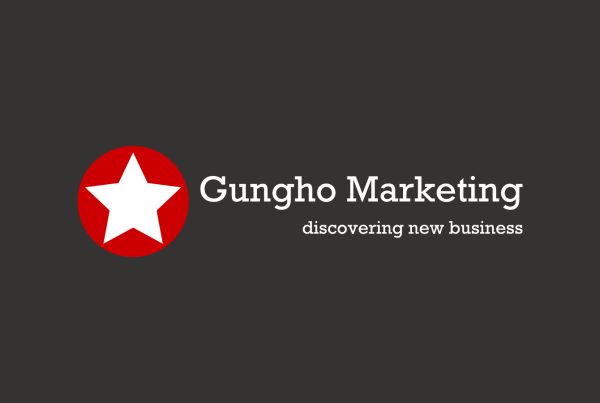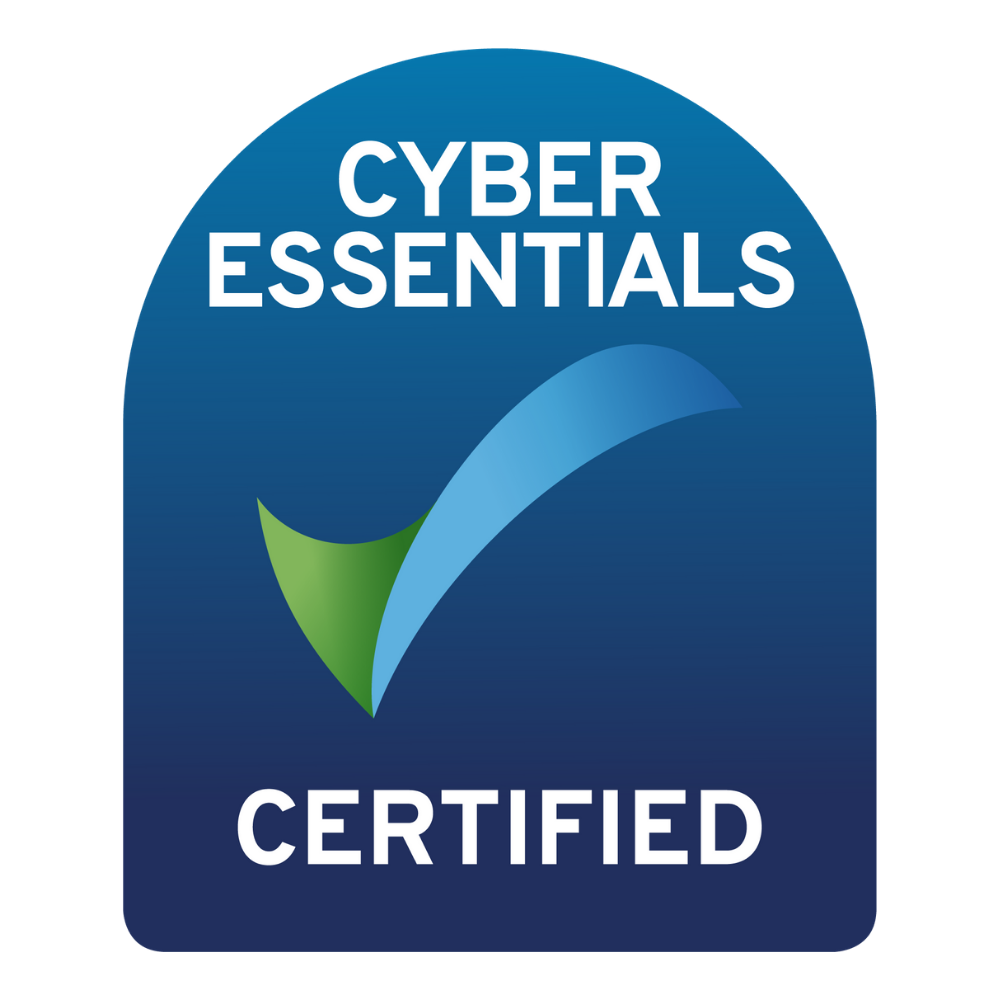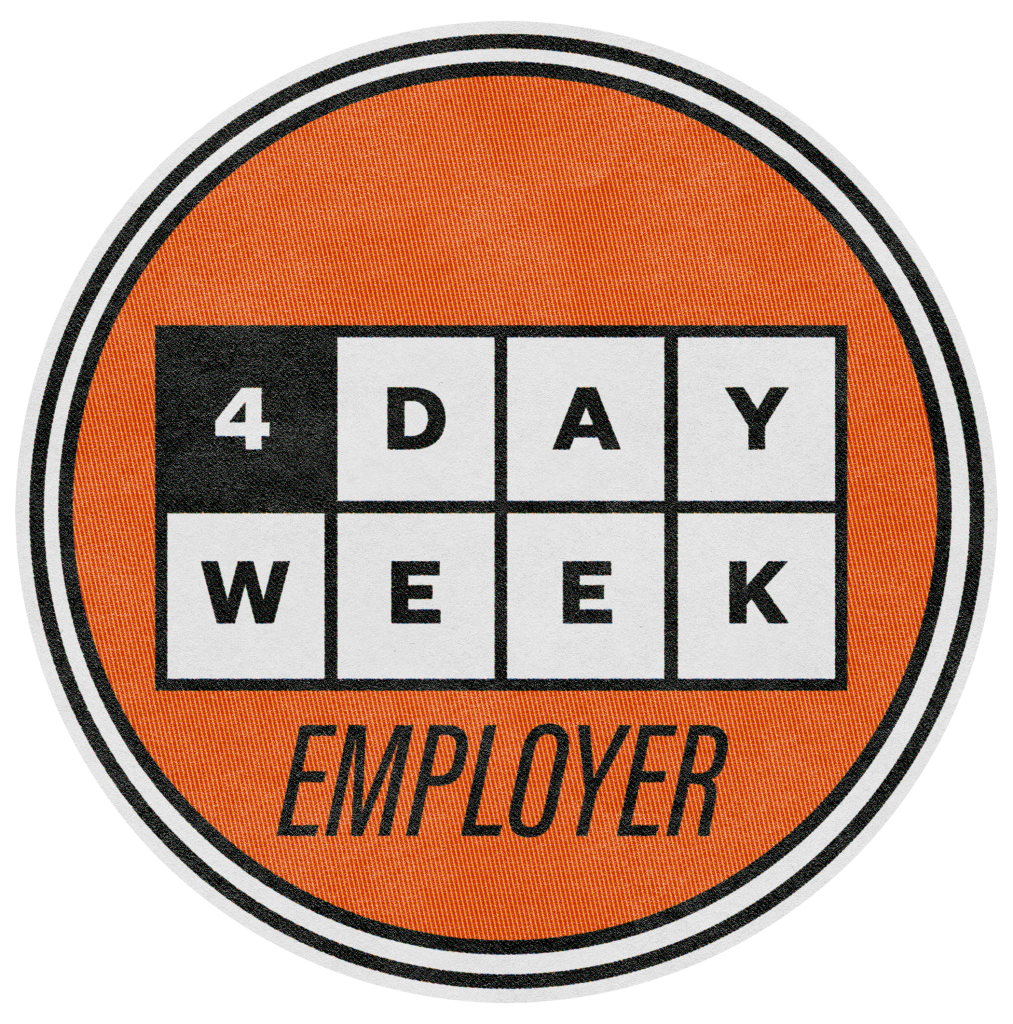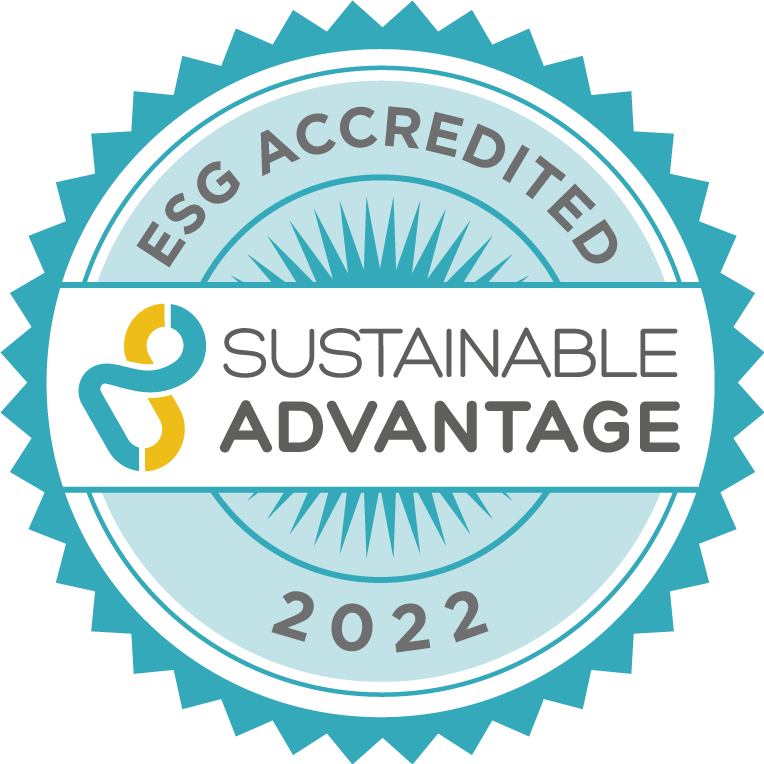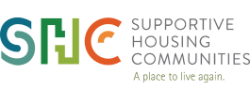
This guide aims to provide RegTech vendors with a step-by-step approach to running a successful Sales Development Representative (SDR) campaign. As the regulatory technology industry continues to grow rapidly, effective lead generation and sales strategies are crucial for vendors to stand out in a highly competitive market.
By implementing the right SDR tactics, RegTech companies can streamline their sales processes, maximise lead conversion rates, and accelerate revenue growth.
Executing a High-Impact SDR Campaign
A successful SDR campaign should not be thought of as just a ‘plug and play’ exercise. Launching a campaign that yields the best possible results takes a great deal of trial and error, testing and refining along the way.
At Gungho, we’ve been running SDR campaigns for over 130+ RegTechs and LegalTechs for over 15 years.
Before you set an SDR campaign in motion, let’s take a look at 5 of the most important factors to consider for getting the most from your SDR’s efforts…
1. From Know Your Customer, To Know Your Audience
When executing an SDR campaign, you first need to clearly define your ideal customer profile. This needs to be approached with a degree of granularity.
Segmenting the market will help RegTech start-ups categorise potential customers and waste no time in getting your SDR’s in front of them.
There is a number of criteria you can use to segment the market and identify your potential customers including:
- Industry
- Company size
- Regulatory requirements
- Geography
- Funding
At Gungho, our dataset of over 500,000+ decision makers is filtered by these types of criteria to build a bespoke and tailored audience that will resonate with your offering.
2. Refine Your Messaging To Your Target Audience
When building your messaging, you need to think about your ideal buyer and look at the problem your solution will potentially solve for them.
With this information you can start to create a detailed buyer persona that represents your target audience’s pain points, demographics, motivations, behaviors and level of influence.
Also consider influencers within your target organisations. Are there other key stakeholders that may need to be involved in the conversation? What department do your stakeholders work within? Giving these questions some thought within the early stages of a campaign will make conversations easier as leads flow through the sales funnel.
The messaging your SDR team is using should be iterative. Call coaching and outcome tracking should be used to steer the team in making small tweaks to the messaging throughout the campaigns lifecycle to optimise conversion rates.
If you already have an existing customer base, it’s useful to draw from this to identify the ‘perfect match’ as this will aid in creating messaging that resonates.
3. Building A High Quality Prospect List
Once your target audience has been established, a high quality and up-to-date prospect list that aligns with your ideal customer profile is needed.
SDR’s are often extremely busy and have targets on their shoulders, so ensuring they have the best possible data at their fingertips will ensure you maximise your campaigns results.
This is where Gungho comes in! We have a dataset of over 500,000+ professionals in over 50 jurisdictions, providing deep job title coverage in Compliance, Risk, Money Laundering, Legal, Fraud and more.
Our dataset is constantly being updated and refined by our in-house data specialists, ensuring the data is relevant and updated, leaving the SDR’s to do what they do best – generate leads!
Pay very close attention to the quality of the leads being generated, rather than solely on the volume as engaging with prospects who have a genuine need for your RegTech solutions will yield better results.
4. Invest In Upskilling Your SDR Team
The RegTech industry is ever-evolving and with new regulations and technology emerging constantly it’s important to invest in upskilling your team.
Your SDR’s are at the top of the funnel driving leads so arming them with all of the relevant training, knowledge and battlecards is needed for ensuring optimal conversion rates and upholding brand integrity.
There are a number of training options that will greatly benefit your SDR team, including:
- Call shadowing
- Market insights
- Mentoring
- Call coaching
- Webinars & courses
These training options can be handled either in house or externally, depending on what best suits your organisation.
5. Measuring and Analysing Campaign Performance
The work is not finished once your SDR team is connecting with your prospective audience. In fact, the work is only just beginning.
Regularly monitoring and measuring the success of your SDR campaign is crucial to optimising and scaling results.
There are various metrics that should be consistently tracked and analysed including:
- Email open rates
- Email response rates
- Call-to-meeting conversions
- Call-to-conversation rates
- Quality of leads in the sales pipeline
- Revenue generated
There is a range of CRM software and data analytic tools that can be used to gain valuable insight into the effectiveness of a campaign, which often leads to the identification of areas for improvement.
Using data-driven feedback is a tried and tested method for continuously optimising your SDR campaign strategies and moving the needle!
In Summary – How To Run A Highly Successful SDR Campaign In The RegTech Sector
To conclude, these are the 5 most impact factors to consider when looking to maximise your results from an SDR campaign in the RegTech sector:
- Understand your audience
- Refine your messaging specifically for that audience
- Build out a high quality prospect list for your SDRs
- Setup ongoing training for your SDR team
- Analyse campaign performance, then refine your approach if needed.
At Gungho Marketing, over the last 15 years we’ve been using these best practices to assist RegTech vendors in establishing themselves as industry leaders and gain a competitive edge in the rapidly evolving regulatory technology landscape.



